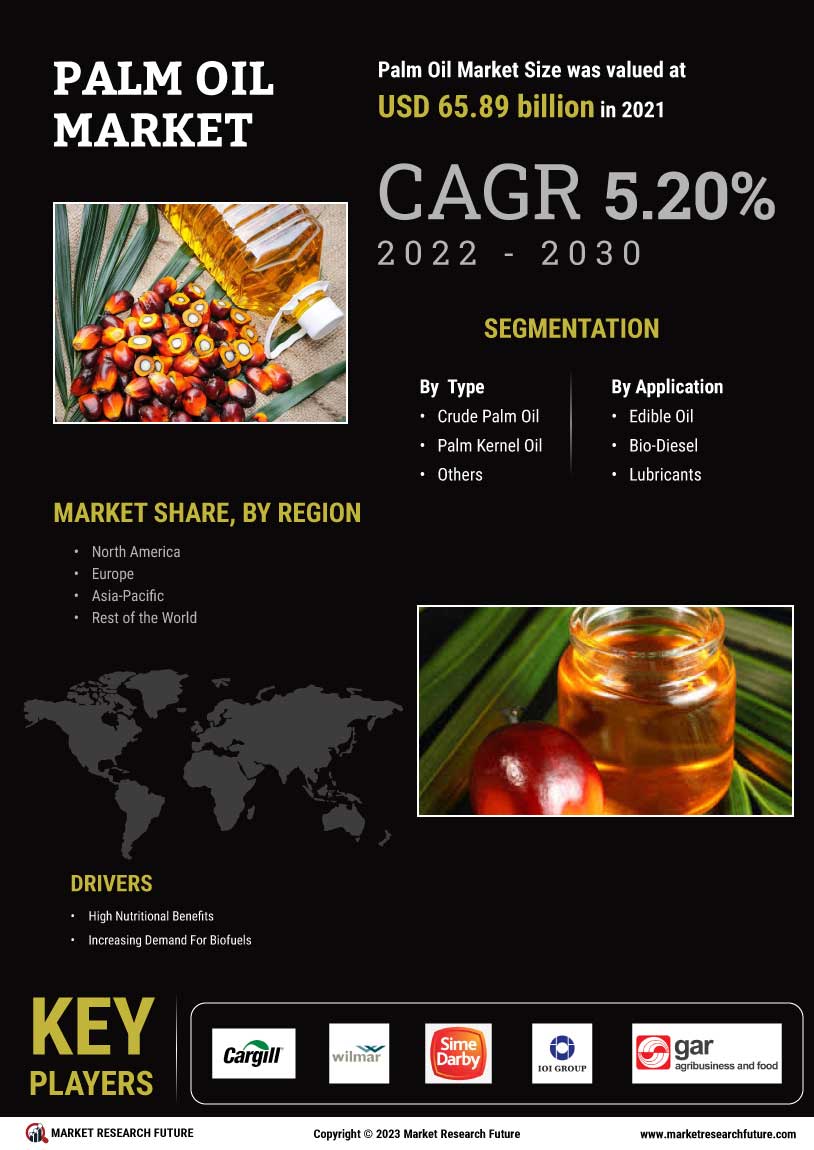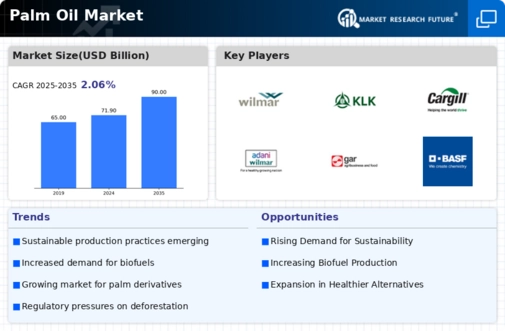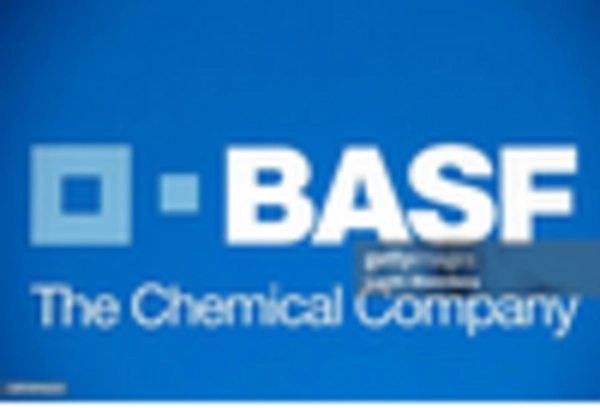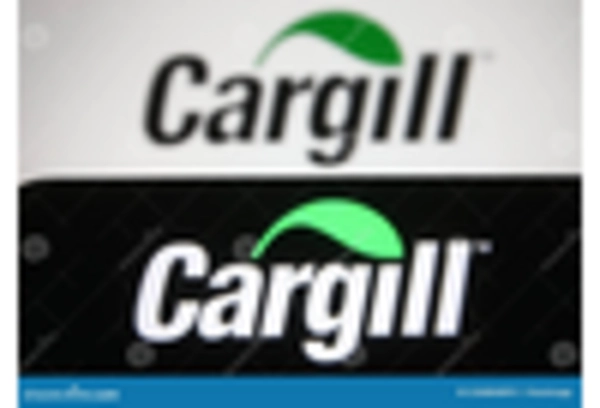The Palm Oil is characterized by a complex interplay of competitive dynamics, driven by increasing demand for sustainable practices and innovative solutions. Major players such as Wilmar International Limited (Singapore), Sime Darby Plantation Berhad (Malaysia), and Cargill, Incorporated (United States) are at the forefront of this evolving landscape. Wilmar International Limited (Singapore) has strategically positioned itself through a focus on sustainability, aiming to enhance its supply chain transparency and reduce its carbon footprint. Meanwhile, Sime Darby Plantation Berhad (Malaysia) emphasizes technological advancements in its operations, particularly in precision agriculture, to optimize yield and minimize environmental impact. Cargill, Incorporated (United States) is leveraging partnerships and collaborations to enhance its market presence, particularly in the realm of sustainable palm oil production, thereby shaping a competitive environment that increasingly prioritizes ethical sourcing and environmental stewardship.
Key business tactics within the Palm Oil Market include localizing manufacturing and optimizing supply chains to enhance efficiency and responsiveness to market demands. The market structure appears moderately fragmented, with a mix of large multinational corporations and smaller regional players. The collective influence of key players, particularly those focusing on sustainability and innovation, is likely to reshape market dynamics, pushing competitors to adopt similar strategies to maintain relevance.
In August 2025, Wilmar International Limited (Singapore) announced a partnership with a leading technology firm to develop a blockchain-based traceability system for its palm oil supply chain. This initiative is poised to enhance transparency and accountability, addressing growing consumer demand for ethically sourced products. The strategic importance of this move lies in its potential to not only improve operational efficiency but also to bolster the company's reputation in sustainability, thereby attracting environmentally conscious consumers.
In September 2025, Sime Darby Plantation Berhad (Malaysia) launched a new initiative aimed at integrating AI-driven analytics into its plantation management processes. This strategic action is expected to optimize resource allocation and improve crop yields, reflecting a broader trend towards digital transformation in agriculture. The significance of this development is underscored by the increasing need for efficiency in production, particularly in a market where sustainability and productivity are paramount.
In July 2025, Cargill, Incorporated (United States) expanded its sustainable palm oil sourcing program by collaborating with local farmers in Indonesia to promote best practices in cultivation. This strategic move not only enhances Cargill's supply chain reliability but also supports local economies, aligning with global sustainability goals. The importance of this initiative lies in its dual focus on ethical sourcing and community engagement, which could serve as a competitive differentiator in the market.
As of October 2025, current competitive trends in the Palm Oil Market are increasingly defined by digitalization, sustainability, and the integration of advanced technologies such as AI. Strategic alliances among key players are shaping the landscape, fostering innovation and collaboration. Looking ahead, it appears that competitive differentiation will evolve from traditional price-based competition to a focus on innovation, technological advancements, and supply chain reliability, as companies strive to meet the demands of a more environmentally conscious consumer base.


















Leave a Comment